Buried alive: TG4 to screen film about Mick Meaney's 61-day feat — and what happened next
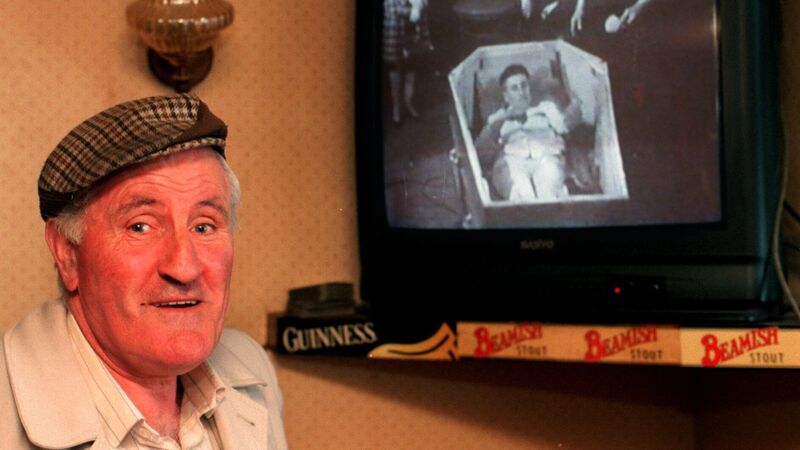
Michael Meaney looking at footage of himself on TV 30 years after he made world headlines in 1968 for spending 61 days buried alive. The new documentary includes archive footage and new interviews including with his daughter, Mary. Irish Examiner Archive: Richard Mills
They were known as burial artists — people who had themselves buried alive in macabre feats of endurance — and Mick Meaney resolved to be the best there ever was.
It was 1968 and the Irish man had barely a pound to his name but he believed that if he stayed underground in a coffin longer than anyone else the world would remember his name.
On February 21 that year, wellwishers and TV crews followed his coffin, 6ft 3in long, 2ft 6in wide and lined with foam, in procession through the streets of Kilburn, the heart of Ireland’s emigrant community in London, and watched as Meaney was lowered into a pit in a builder’s yard.
Soil entombed the coffin, save for a pipe for air and through which food and liquid could be lowered. Meaney’s target, to beat the world record and claim fame and fortune, was 61 days.
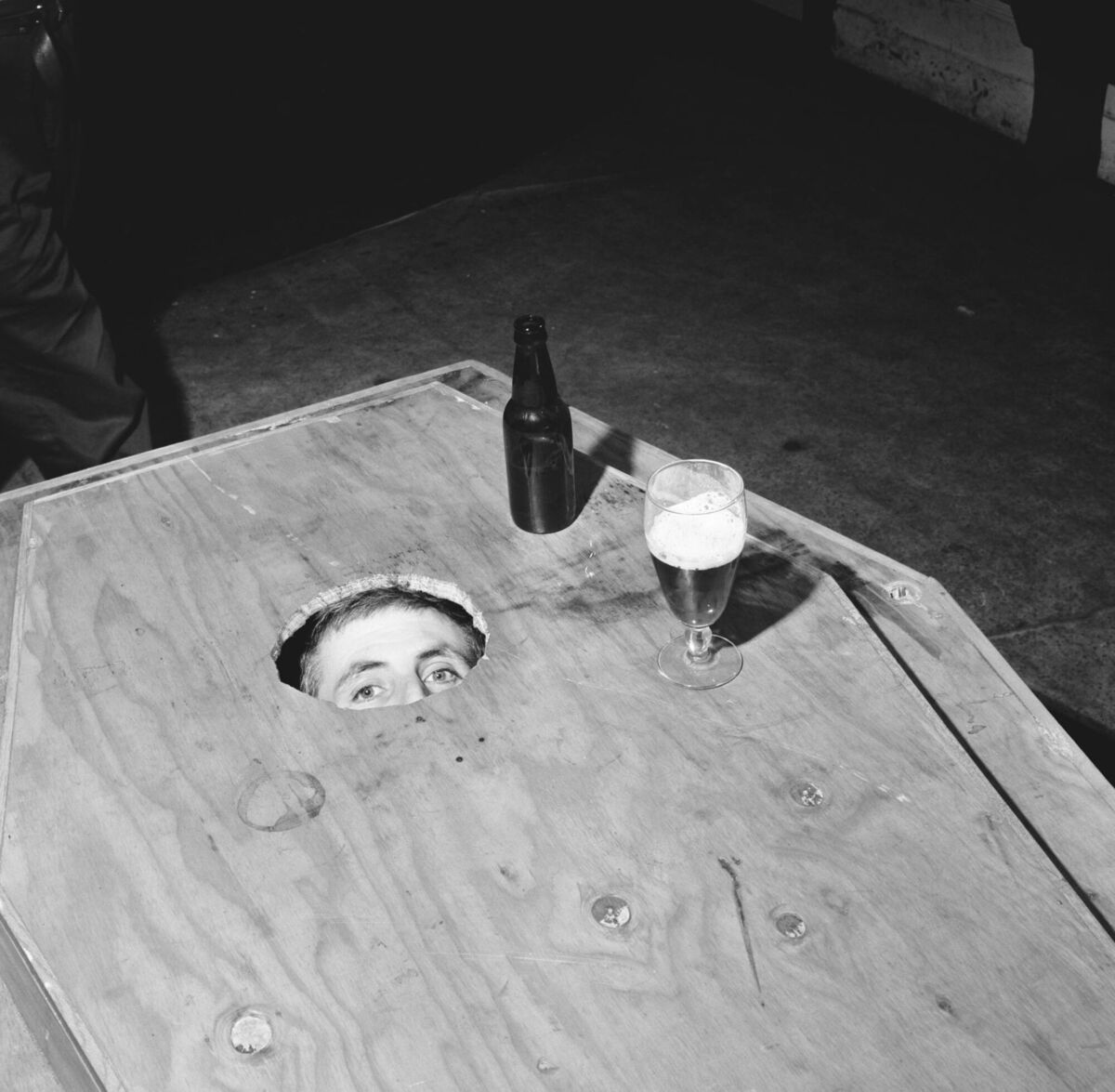
The remarkable stunt, and its poignant aftermath, is told in a documentary to be aired on TG4 on Wednesday, November 26.
Titled Beo Faoin bhFód (Buried Alive), the film received its premiere at Galway Film Fleadh and has been screened at other festivals including Kerry International Film Festival.
Directed by Daire Collins, it combines interviews with Meaney’s family and friends with archival footage of an event that made global headlines.https://www.youtube.com/watch?v=sTK9n4MdaHk
“My father was a proud Tipperary man,” his daughter Mary Meaney says in the documentary. “He was another Irishman, they are now called the forgotten Irish, they were over there working with a pick and shovel and sending the money back to their families. Times were poor back then.”

Meaney, strong and powerfully built, had wanted to become a champion boxer but injury ended that dream and he ended up digging tunnels in London. When an accident briefly trapped him beneath rubble he remained composed, and another ambition possessed him: to claim the record for the longest time spent buried alive.
The craze started in California in the 1920s — the US bred other unusual endurance contests such as the longest time spent atop a pole, or hula hooping, or dancing — and in the 1960s the unofficial record was credited to a Texan named Bill White.
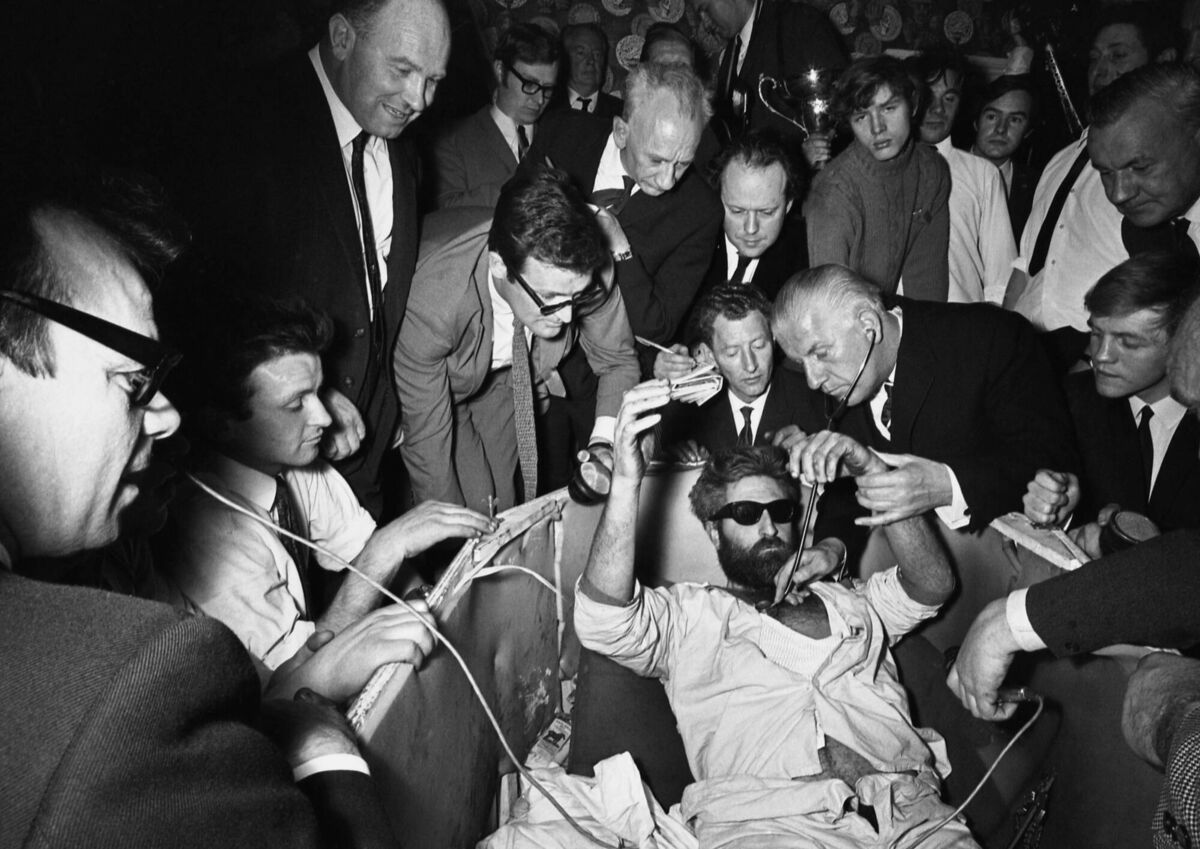
Styling himself “the living corpse”, White made a career of being buried to promote car dealerships and other businesses and had endured a 55-day stint underground.
To set a new record Meaney, aged 33, teamed up with Michael ‘Butty’ Sugrue, a circus performer turned publican and impresario in London’s Irish community.
Sugrue staged a wake at a pub, the Admiral Nelson, during which Meaney was enclosed in the coffin.
A truck ferried the coffin to a yard owned by a contractor, Mick Keane, who allotted part of the site to the stunt. A trapdoor that opened to a cavity beneath the coffin, which was slightly larger than a regular coffin, served as a toilet.

“I had a great night’s sleep last night,” Meaney, speaking from a telephone rigged inside his casket, told a TV news anchor on his second day.
He established a routine: wake at 7am, do exercises compatible with the confinement, rub ointment on his body, eat, read books and newspapers, and talk to people on the phone.
The line connected to a phone at the Admiral Nelson, where Sugrue charged patrons for every call.


Celebrities such as the boxer Henry Cooper conversed with the buried man but interest waned as weeks passed — war in Vietnam and Martin Luther King’s assassination dominated attention.
Still, Sugrue mustered dancers, musicians, and journalists for what was styled Meaney’s “resurrection”, after 61 days, on 22 April.
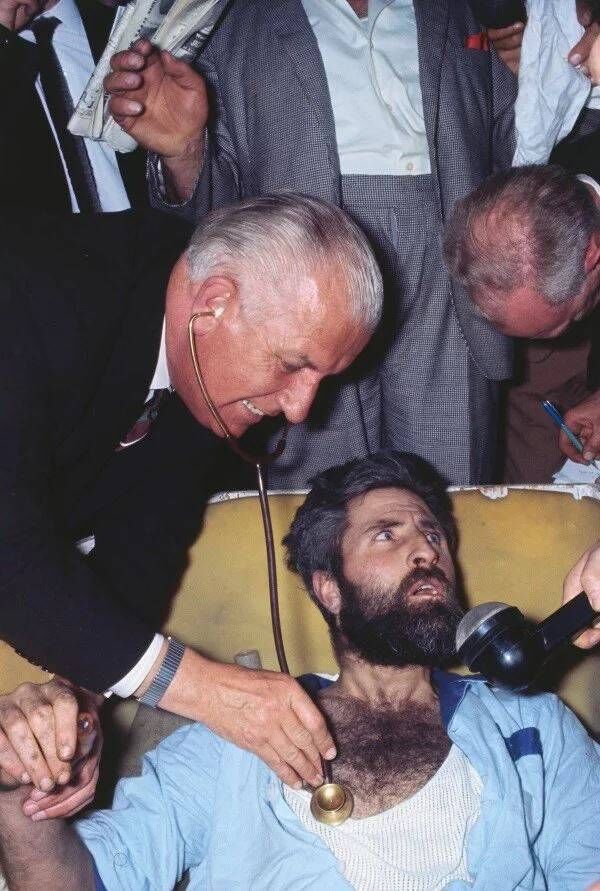
The coffin was dug up and ferried atop a truck, past cheering crowds, back to the pub.
When the lid was removed, Meaney, with sunglasses to shield his eyes, and a beard, grinned. “I’d like to go for a hundred days more,” he told the press. “I’m delighted to be the champion of the world.”
Fortune never came — it was alleged that Sugrue swindled his star.
A mooted world tour and sponsorship deal with Gillette never materialised.

“In all walks of life there are people who just use you like a vampire,” said Mary Meaney, who was three when her father returned to Ireland.
“He came back without as much as the price of a bottle of milk in his pocket.”
Fame proved fleeting. No Guinness Book of Records representative recorded Meaney’s feat and a rival burial artist named Tim Hayes, who spent less time underground in a regular-sized coffin, disputed his champion credentials.
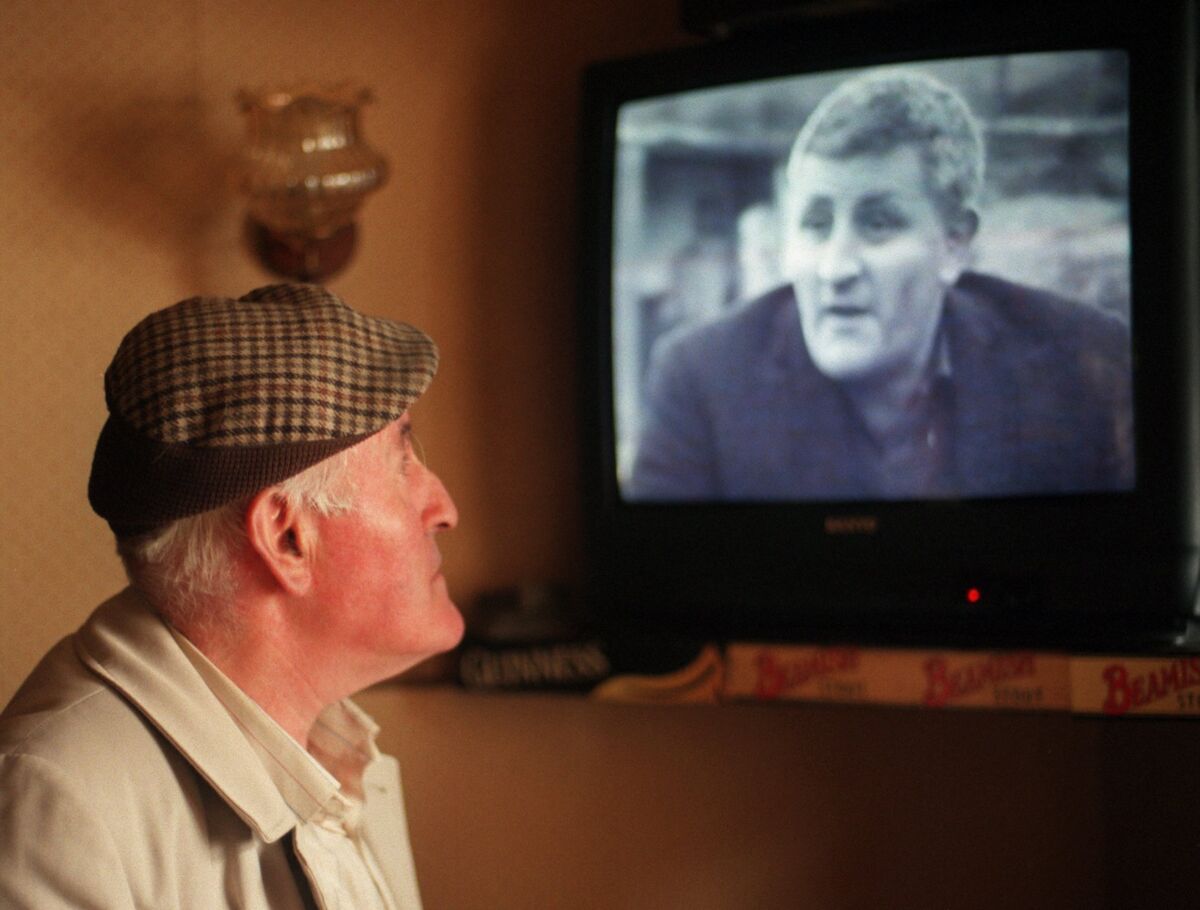
Later in 1968, a former nun named Emma Smith had herself buried beneath a fairground in Skegness for 101 days.
Meaney got a job with Cork County Council and died in 2003. “He could live an ordinary life, working class, ordinary, but he craved this extraordinary life,” said Mary Meaney. “Breaking the world record made him feel, ‘I’m somebody’.”
- is on TG4 on Wednesday, November 26, at 9.30pm.
- Guardian
















